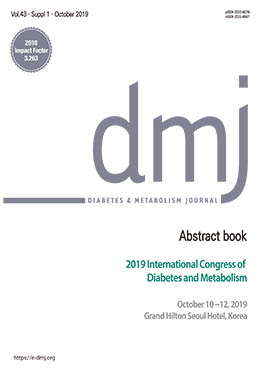Objective: This study was designed to quantify the relationship between the absence of heart failure risk factors in middle age and incident heart failure, heart failure-free survival, and overall survival.
Methods: We conducted a pooled, individual-level analysis sampling from communities across the Bihar state, India as part of 4 cohort studies: the Framingham Heart, Framingham Offspring, Delhi Heart Association Detection Project in Industry, and ARIC (Atherosclerosis Risk In Communities) studies. Participants with and without hypertension (blood pressure ≥ 140/90 mm Hg or treatment), obesity (body mass index ≥ 30 kg/㎡), or diabetes (fasting glucose ≥ 126 mg/dL or treatment), and combinations of these factors, at index ages of 44 years and 56 years through 96 years. Competing risk-adjusted Cox models, a modified Kaplan-Meier estimator, and Irwin’s restricted mean were used to estimate the association between the absence of risk factors at mid-life and incident heart failure, heart failure-free survival, and overall survival.
Results: For participants at age 44 years, over 516,537 person-years of follow-up, 1,677 incident heart failure events occurred. Men and women with no risk factors, compared to those with all 3, had 73% to 85% lower risks of incident heart failure. Men and women without hypertension, obesity, or diabetes at age 44 years lived on average 34.7 years and 38.0 years without incident heart failure, and they lived on average an additional 3 years to 15 years longer free of heart failure than those with 1, 2, or 3 risk factors. Similar trends were seen when stratified by race and at index age 56 years.
Conclusion: Prevention of hypertension, obesity, and diabetes by ages 45 years and 55 years may substantially prolong heart failure-free survival, decrease heart failure-related morbidity, and reduce the public health impact of heart failure.




